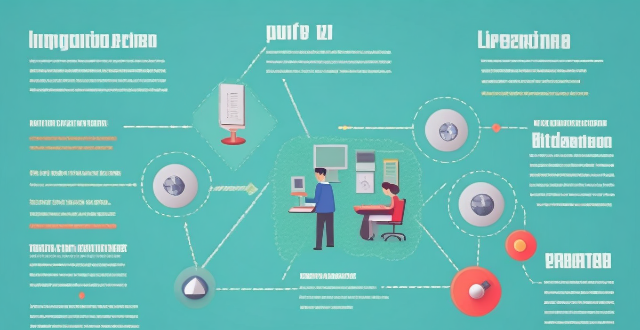Creating an infographic requires identifying the target audience to tailor content and design. The guide includes analyzing the content, identifying demographics, considering interests and behaviors, researching competitors, creating audience personas, and testing and refining the infographic for better resonance with the target audience.

Determining the Target Audience for Your Infographic
Creating an infographic is a great way to convey complex information in a visually engaging manner. However, before you start designing your infographic, it's essential to identify your target audience. This will help you tailor your content and design to their needs, preferences, and level of understanding. Here's a step-by-step guide to help you determine the target audience for your infographic:
Step 1: Analyze Your Content
First, analyze the content you want to present in your infographic. What is the main topic? What are the key points you want to convey? Answering these questions will give you a better idea of who might be interested in your infographic.
Example: If your infographic is about the benefits of meditation for mental health, your target audience might include people interested in self-improvement, mental health professionals, or individuals struggling with stress and anxiety.
Step 2: Identify Demographics
Next, consider the demographics of your potential audience. This includes factors such as age, gender, education level, occupation, and location. These characteristics can influence how your audience perceives and engages with your infographic.
Example:
- Age: Are you targeting young adults, middle-aged professionals, or retirees?
- Gender: Does your content appeal more to one gender than the other?
- Education Level: Is your infographic designed for experts in the field or for casual readers?
- Occupation: Are you targeting specific industries or professions?
- Location: Does your content have regional relevance or appeal globally?
Step 3: Consider Interests and Behaviors
Think about the interests and behaviors of your potential audience. What are their hobbies? What kind of content do they typically consume? How do they prefer to receive information?
Example:
- Interests: Do they follow trends in health and wellness, technology, or finance?
- Behaviors: Do they prefer reading articles, watching videos, or interacting with visual content?
Step 4: Research Your Competitors
Look at similar infographics produced by your competitors or industry peers. Analyze their target audience and see if there's an overlap with your intended audience. This can provide valuable insights into who you should be targeting.
Step 5: Create Audience Personas
Based on your research, create one or more audience personas. These are fictional characters that represent your ideal audience members. Include details like their name, age, occupation, interests, and pain points.
Example:
- Persona: Sarah, a 30-year-old marketing professional who is interested in personal development and often feels overwhelmed by work stress. She enjoys reading blogs and watching videos about mindfulness practices during her lunch break.
Step 6: Test and Refine
Once you've identified your target audience, test your infographic with a small sample group from that audience. Gather feedback on what works well and what could be improved. Use this feedback to refine your infographic and ensure it resonates with your target audience.
By following these steps, you'll be able to determine the target audience for your infographic and create a visually compelling piece that effectively communicates your message to the right people.